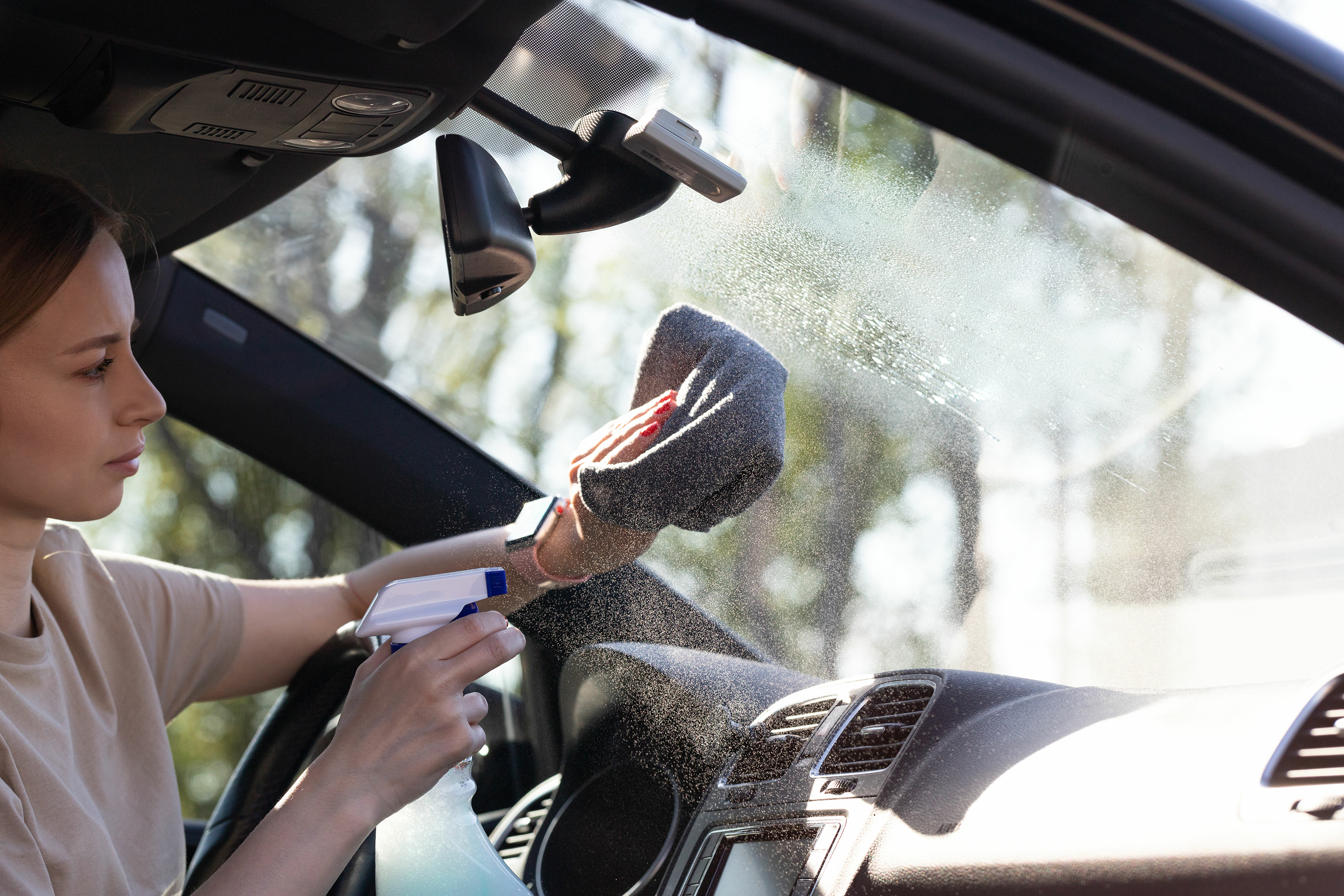Driver Safety Tips
You should continually assess your ability to drive safely.
The years pass quickly between getting a driver's license as a teen and becoming an older adult driver. As we age, we need to continually assess our ability to drive safely, keeping in mind not only our safety, but also the safety of our passengers, other drivers and pedestrians. Four primary issues that affect our driving as we age are vision, hearing, medication and vehicle safety.

Changes in Vision
Nearsightedness and farsightedness are common vision issues. Medical problems could include cataracts, glaucoma or macular degeneration. As drivers age, they may also experience changes in:
- Light sensitivity
- Focus
- Depth perception
- Peripheral vision
Tips
- Wear sunglasses to reduce glare on sunny days
- Visit the eye doctor annually
- Limit nighttime driving. Plan long-distance trips for the daylight hours.
- Avoid driving at dusk or dawn, when it is most difficult to see
Changes in Hearing
As a person ages, hearing may decrease or it may become more difficult to distinguish sounds. Hearing is crucial to driving, as it helps alert drivers to changes in traffic, including the approach of emergency vehicles or the horn of another vehicle.
Tips
- Turn off the radio or keep the volume low
- Keep the air conditioner or heater on low to help reduce background noise
- Limit conversation with passengers, which can be distracting
Medication
Medication can affect an individual’s ability to drive at any age. Older adults are more likely to take multiple medications, and may need to take extra steps to retain their driving abilities while taking medication.
Tips
- Ask your physician or pharmacist if your medication, alone or in combination with other medications, can affect your driving
- Read the label of each bottle carefully
- Evaluate your own reaction to medication. Even if the label does not contain a warning, your body may react.
- Remember that alcohol and medication don’t mix—especially when driving
Vehicle Safety
Every driver should take steps to make sure their vehicle is safe for driving.
- Keep windows, windshields and mirrors clean
- Keep wiper blades clean, and replace them at least once a year
- Become familiar with your vehicle’s displays and controls
- Use lights in rain, snow or other bad weather
- Use turn signals to alert other drivers and pedestrians of your intentions
- Keep your headlights and taillights clean
- Check your mirrors frequently
- Reduce fatigue by making frequent rest stops, or by adjusting your body’s position while driving
- Check tires for tread wear
- Plan alternate routes for highway travel if the minimum speed limit is too fast for your comfort or you travel congested routes particularly during rush hours

